How to Boost Productivity, Maximize Efficiency, and Reduce Risk with Zero-Touch IT: A CIO’s Guide
March 9, 2022
6 minute read
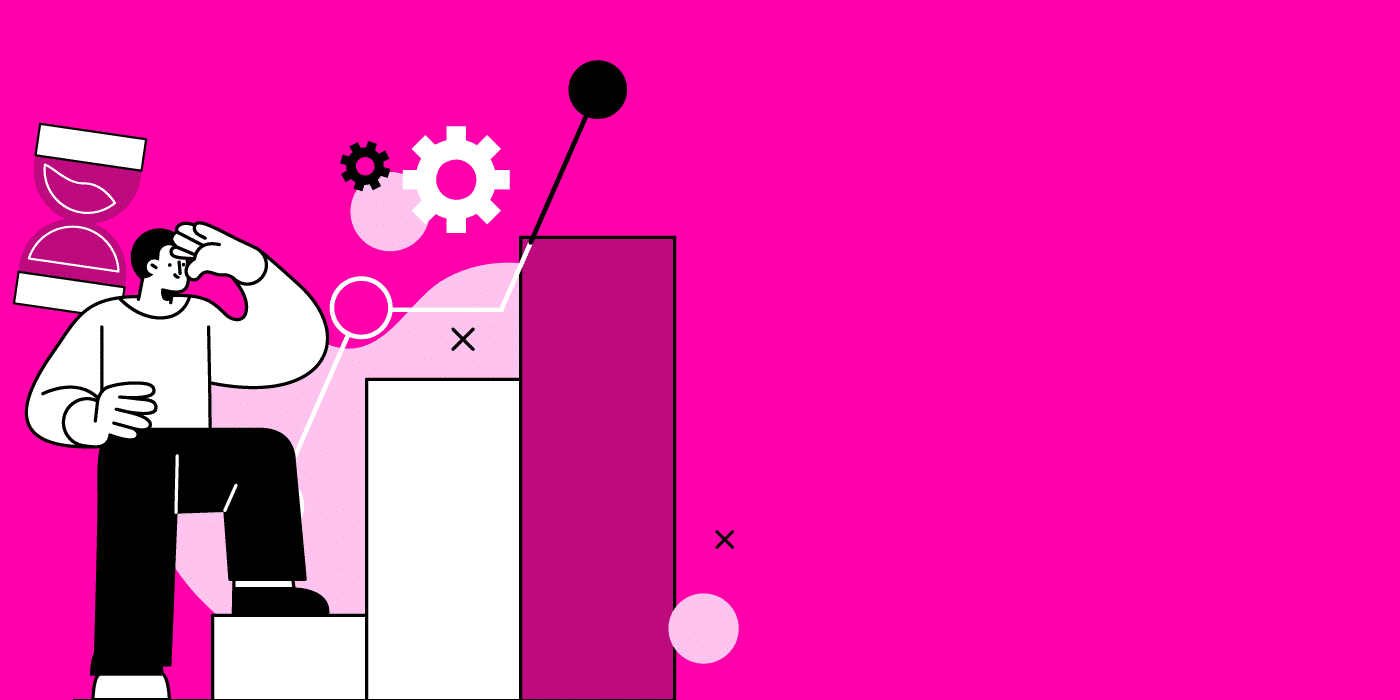
In just a few years, the rise of remote work and the explosion of SaaS dramatically changed the way we work. Both trends will impact IT departments in big ways for years to come, leaving CIOs and their teams to face a new (and rapidly growing) set of challenges.
Urgent SaaS access requests from remote employees pile in from across time zones, countries, and continents. Churn from the Great Resignation means more IT hours spent onboarding and offboarding employees. For every new SaaS app that gets added to IT environments that likely have 110 or more already, already-lean IT teams must find the time to provision new accounts, manage licenses, and ensure the app doesn’t pose any security risks.
Enabling remote work and controlling SaaS sprawl demands a massive amount of time and effort from IT. CIOs can easily end up overseeing overworked, frustrated IT teams that spend nearly all their time as reactive “ticket-takers.”
Despite IT teams working harder than ever, new hires and current employees still spend hours (or even days) waiting for access to the apps and resources they need to do their jobs. When employees depart, if IT can’t revoke app and file access fast enough, sensitive and proprietary data are put at serious risk.
It may seem like multiple solutions are needed to address the disparate problems of wasted time, lower productivity, and data security risks, but the truth is that they all stem from one place—a lack of SaaS management automation.
For every repetitive, manual IT task you automate with a SaaS management platform (SMP), your IT team gets hours of time back. Automating onboarding and app access requests boosts productivity for both new and current employees. Automated offboarding processes reduce your threat landscape and protect your company from data loss and theft.
These benefits multiply with every task and process you automate. This is why CIOs should strive to adopt a zero-touch approach to their IT automation strategy.
What is zero-touch IT?
Zero-touch IT is the orchestration of end-to-end, automated workflows that replace repetitive, manual IT processes. The goal of zero-touch IT is to reduce the number of manual “touch points” by IT support to as close to zero as possible.
To orchestrate zero-touch workflows, a SaaS management platform like BetterCloud is needed. BetterCloud’s no-code workflow builder will ensure any member of a modern IT team can create and manage zero-touch processes—no developers required.
To show the power of zero-touch IT, we created the illustration below to show how fast and easy provisioning app access can be.
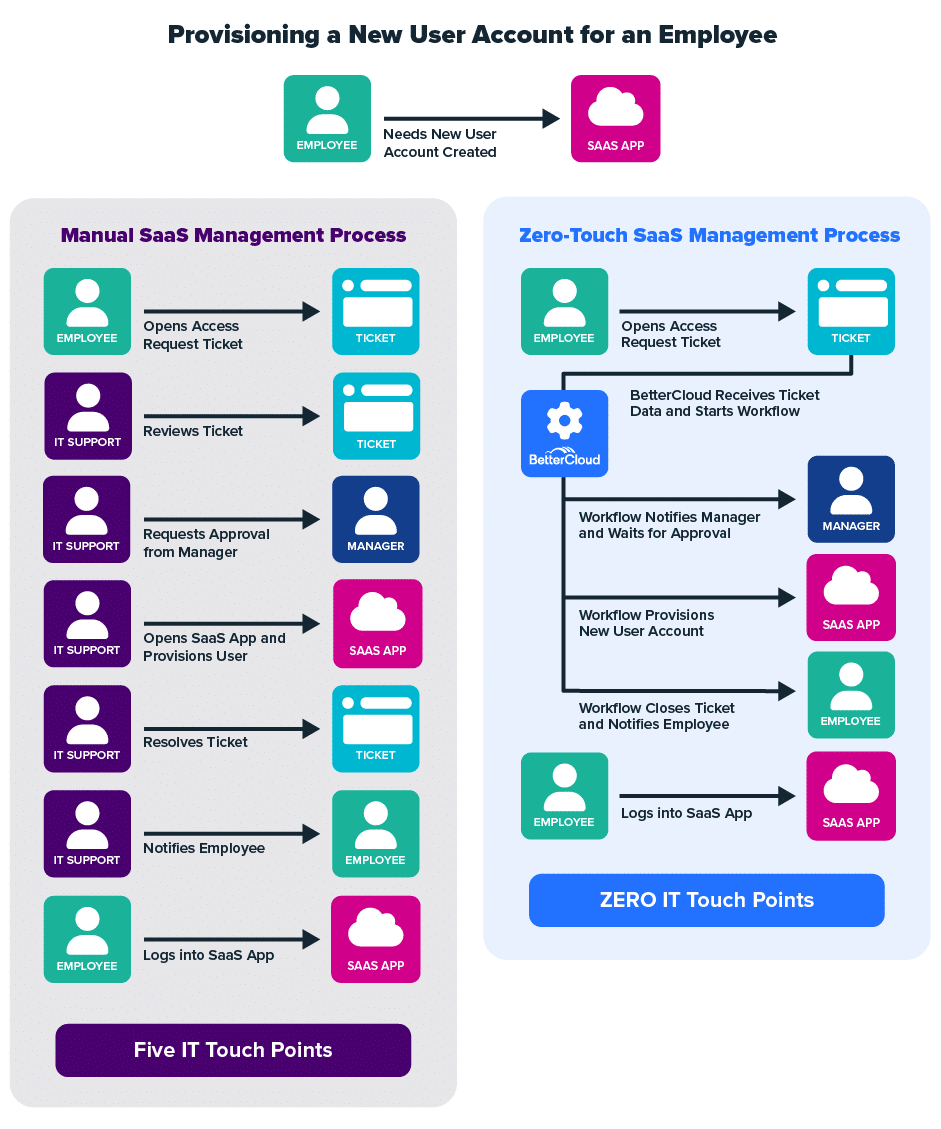
On the left, we see the manual IT process for responding to a request for app access.
- The employee opens a ticket requesting access to the SaaS app.
- An IT team member opens the ticket and reviews the request.
- The IT team member looks up who their manager is, and sends an email requesting approval.
- Once the manager responds, the IT team member opens the SaaS app and creates the new account.
- The IT team returns to the ticket, responds to the ticket, and closes it.
- The IT team member then emails the employee that their account has been created.
- The employee is finally able to log in to the SaaS app.
On the right, BetterCloud, an SMP, has replaced the IT team member in every step, orchestrating a true “end-to-end” workflow. BetterCloud automatically receives the ticket data as soon as it is submitted, and then kicks off an automated workflow that performs the remaining steps—notifying the manager, waiting for approval to continue, provisioning the new user, closing the ticket, and notifying the employee that they can now log in.
BetterCloud’s zero-touch workflow removes every human touchpoint needed to provision a new account. When this effect is multiplied across the numerous SaaS access requests tickets that come in every day, it is easy to see how IT’s efficiency can increase exponentially.
Now that we’ve taken a close look at a zero-touch IT process, let’s dive into the business value it drives both inside of an IT department and across an entire company.
Zero-touch IT boosts productivity, especially in remote-first workplaces
When an IT team is manually managing SaaS, the negative effects can be far-reaching. Remote employees who need access to a critical app might spend hours waiting for an IT support person in a different time zone to start their work day.
With zero-touch provisioning workflows, you can deploy self-service SaaS access portals that remove these wait times completely. Remote employees can simply fill out a form or submit a ticket to request access to a new app. Once approved by their manager, their new account is created instantly.
Companies never get another chance to make a first impression, but the complexity of onboarding frequently leaves new hires sitting and waiting for equipment and access (and as a result, frustrated and confused). For every new person that joins a company, IT staff must procure and ship hardware, provision new accounts, and grant access to shared resources.
With zero-touch onboarding, new hires can have all the resources and access they need on day one—ensuring their first experience with your company is a positive one.
A zero-touch onboarding workflow can be started from an HRIS or a ticket on (or even before) a specified hire date. All of the required apps and resources are then instantly provisioned—without anyone in IT needing to do anything at all.
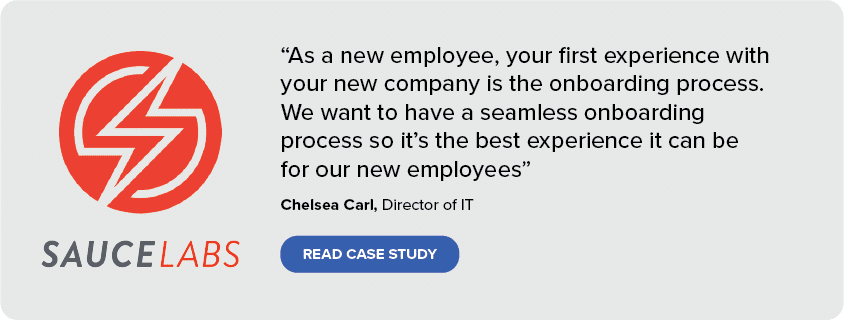
Even procuring, preparing, and shipping laptops and other hardware can be orchestrated by an SMP into a zero-touch hardware provisioning process. Check out the video below from the IT team at BetterCloud to see this transformation in action.
Zero-touch offboarding keeps your company data secure
Offboarding an employee is another long, complicated process when done manually—often taking seven hours or more of valuable IT time. Former employees retain access to sensitive and proprietary company data every minute that an offboarding process is delayed. When those minutes grow into hours, days, or even weeks, the risk of that data being stolen, misused, or overshared grows.
Zero-touch offboarding removes access much faster, and more completely. At 5:01 pm on a departing employee’s last day, HR can submit a ticket that will instantly revoke access to SaaS, files, devices, and other resources.
When offboarding is handled with a zero-touch automated workflow, proving compliance is an easier task as well. When each offboarding workflow completes, and the requesting ticket is closed, your security team gets a clear record of having completed the offboarding process in a timely manner.
IT security teams can also leverage BetterCloud’s non-expiring audit logs to quickly generate compliance reports to prove that employees were offboarded quickly and completely.
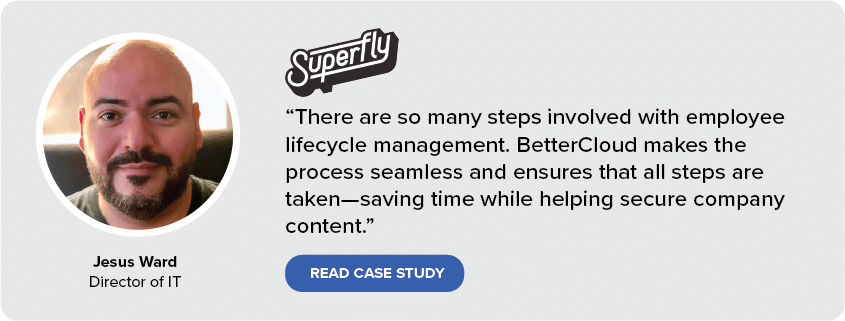
Zero-touch automation allows IT teams be more proactive and strategic
No one likes to fill their hours with tedious, repetitive tasks, day after day. IT teams that are manually managing large SaaS portfolios rarely get a free moment to be proactive, let alone innovate.
If your IT department is also manually provisioning hardware, onboarding new hires, and offboarding departing employees, that easily adds up to days, weeks, and even months of time that could be focused elsewhere. When manual IT touch points are eliminated with zero-touch workflows, operational efficiency is dramatically improved.
With zero-touch automation in place, especially for user lifecycle management, IT teams are no longer spending the majority of their time reacting to incoming requests. Far more IT staff time becomes available for innovative, proactive, and strategic work (such as performing in-depth research on new SaaS tools).
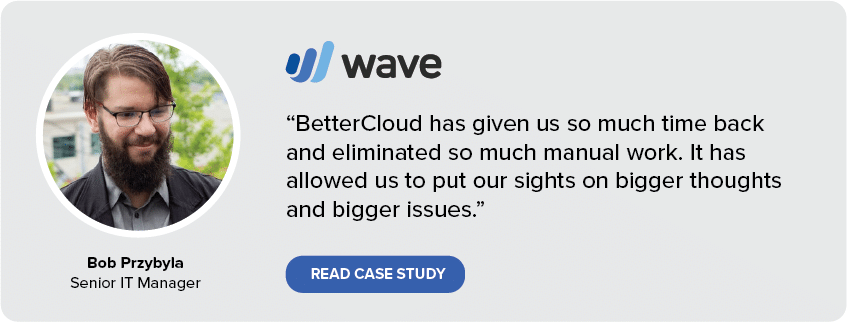
Myriad benefits, one solution: zero-touch IT
From reduced risk to happier, more productive IT teams, implementing a zero-touch automation strategy has far-reaching benefits that multiply at scale.
An SMP like BetterCloud with a large, prebuilt integration library and an easy-to-use, no-code workflow builder is key to implementing zero-touch IT automation. Workflow templates can be leveraged to get up and running fast—all while following best practices for IT process automation, including offboarding, onboarding, and access requests.
Over time, workflows can be easily extended into more apps, removing more and more manual IT touch points. The closer your processes get to zero touch, the more secure and efficient your IT environment will be.
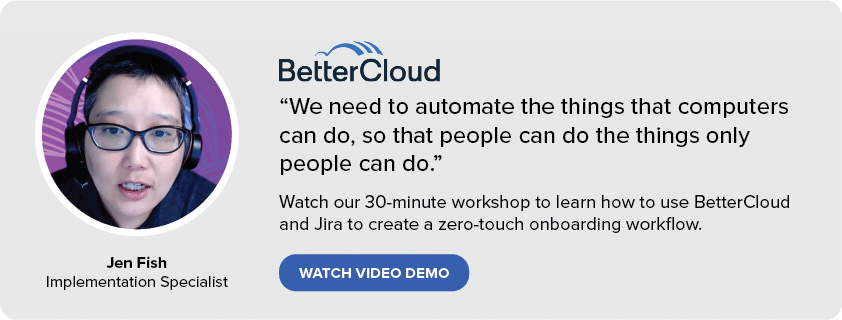
To get a closer look at how to orchestrate zero-touch workflows with BetterCloud, we invite you to schedule a demo.







